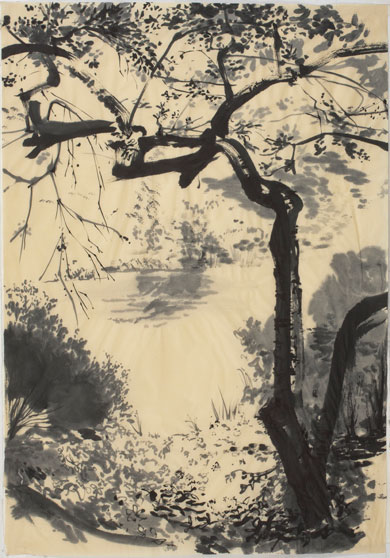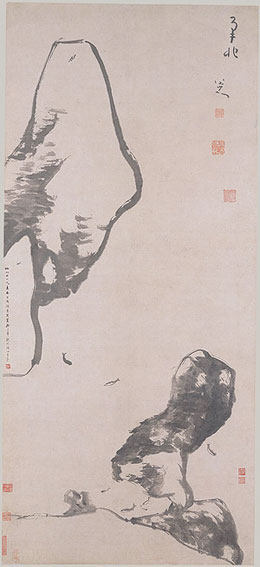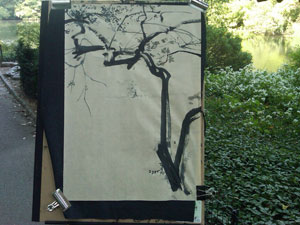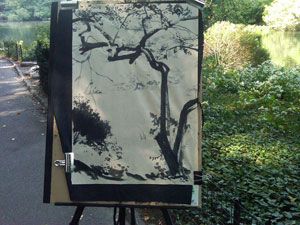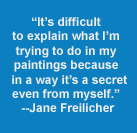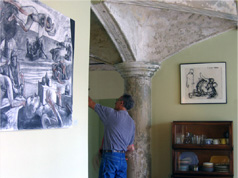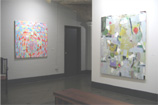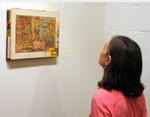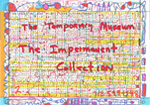
|
|
|
|||||||||
| ||||||||||
This painting of a cherry tree extending over a lake was painted in Central Park. Though the tree strikes out in a bold and asymmetric way from the right side, the picture is full of mirrored geometries, grids and repeated shapes, like the V shapes that spring off in all directions. I think of a very simple statement that Richard Barnhart used to describe Bada Shanren, a 17th century Chinese painter: “Somehow he is able to suggest different properties in his plain paper.” He was referring to a painting like this one, where Shanren painted tiny fish to indicate that we are looking at water and not air. |
||||||||||
|
||||||||||
| FISH AND ROCKS, 1696 | ||||||||||
But didn’t Kurt do that too? The untouched paper is the ground, the sky, the water and the highlights on the branches and leaves. There is a large circular area untouched in the lower half of the painting that almost doesn’t become water. It is almost a Zen nothing until my eye travels up and sees the shadowed ripples that make it water and establishes deep space—the other side of the pond. Which is not to say that Cherry Tree looks like a Chinese painting in any classical sense. The brush strokes are not formal and symbolic or based on calligraphy, they have an impressionistic spontaneity. Another difference is that the painter and the viewer are standing in the shade created by the cherry tree and looking into the sun; there is a glare that I've never seen in a Chinese painting. Now I’m reminded of something I read long ago and can’t remember where: that a painter cannot achieve enlightenment—on account of being too attached to the material world. It’s a funny thing, though, because painting from life, particularly outside where the light is so fleeting and the bugs bite, entails a great effort to be “in the moment” and banish distracting thoughts. Oh well. Painters don't want to escape the great wheel of life—they want to keep standing in the shade of the cherry tree painting until they get it right—no matter how many lifetimes it takes. Here are two views of the work in progress: |
||||||||||
|
||||||||||
|
||||||||||
| Forward to the next painting in the collection | ||||||||||
| Back to the My Collection home page | ||||||||||
